
Finding the right amount of cat litter to use can make a big difference in your cat's comfort, the cleanliness of your home, and the efficiency of your litter box routine. Whether you're setting up a traditional litter box or using the automatic Neakasa M1 litter box, understanding how much litter to put in the box is key to creating the ideal environment for your feline friend. Using the correct amount of litter can help with odor control, make scooping easier, and ensure your cat feels comfortable while doing their business.
In this guide, we'll explore how much litter to put in the litter box, the potential issues that arise from using too much litter or too little litter, and how often you should change the cat litter. By the end, you'll have a clear understanding of how to maintain the perfect litter box setup for your cat. Let's dive into the details and discover how to achieve the perfect balance for your cat's litter box needs.
How Much Litter to Put in the Litter Box
For most cats, a litter depth of 2–3 inches works best. This ensures effective odor control while also providing a comfortable digging experience for your cat. If you're wondering, 'is 16lb cat litter enough?', this amount typically covers filling a standard-sized litter box to the recommended depth several times, depending on its size.
The type of litter you use can also influence how much you should add to the box. Clumping litters, which form solid clumps when they come into contact with moisture, generally work well at a depth of around 3 to 4 inches. This depth allows the litter to effectively absorb liquid and form clumps that are easy to scoop out. For non-clumping litters, a slightly shallower depth of 2 to 3 inches may be sufficient, as these types of litter don’t require as much material to perform effectively.
If you’re using a specialty litter, such as silica gel crystals or biodegradable options, you may need to experiment with the depth to find what works best. Some of these litters are designed to be used at specific depths to maximize their odor control and absorbency features, so it’s important to follow the manufacturer’s recommendations while also considering your cat’s comfort.
Ultimately, the right amount of litter will depend on your cat’s individual preferences. Some cats like to dig more than others, so they might prefer a slightly deeper layer of litter to satisfy their digging instincts. Others may feel more comfortable with a shallower layer that provides a stable surface without too much excess material. Pay attention to how your cat interacts with the litter box—if they seem hesitant to use it or if you notice they are spending a lot of time digging, it might be a sign that you need to adjust the amount of litter.
By finding the right balance in the amount of litter you put in the box, and making sure to know when to change cat litter, you can create a more comfortable and effective environment for your cat. This not only helps keep your home cleaner but also ensures that your cat is happy and more likely to use the litter box consistently.

How Much Litter to Put in Neakasa M1 Self-cleaning Litter Box
Add cat litter to the scale range, not 50% below or 100% above the scale.
- We recommend using clumping cat litter.
- Avoid using pellet cat litter (grain diameter exceeding 3mm, length exceeding 10mm), as it may result in unnecessary wastage of cat litter.

Benefits of Using the Right Amount of Cat Litter
Using the right amount of litter in your cat’s litter box is crucial for both your cat’s well-being and your own convenience. When the litter depth is just right, it can significantly enhance the cleanliness of your home, improve your cat’s comfort, and simplify the maintenance of the litter box.
Improved Odor Control
When the litter is at the ideal depth, it effectively absorbs urine and covers feces, preventing strong odors from permeating your home. Clumping litters like Neakasa mineral cat litter, in particular, work best when there’s enough material to form solid clumps that can be easily scooped out, reducing the buildup of waste and minimizing unpleasant smells. Proper odor control not only makes your living space more pleasant but also encourages your cat to use the litter box consistently.
Easier Maintenance and Cleaning
Using the correct amount of litter makes daily maintenance and cleaning much easier. When there’s enough litter in the box, clumps form properly and are less likely to stick to the bottom of the box, making scooping more efficient. A well-maintained litter box also reduces the risk of bacteria and mold growth, contributing to a healthier environment for both you and your cat.
Enhanced Cat Comfort
Cats are naturally clean animals, and they prefer a litter box that feels comfortable and meets their needs. When the litter is at the right depth, it provides a soft, cushioned surface for your cat to dig and cover their waste, which is an instinctive behavior. This comfort encourages regular use of the litter box and reduces the likelihood of your cat developing litter box avoidance behaviors.
Reduced Tracking and Mess
Another significant benefit of using the right amount of litter is the reduction of tracking and mess around your home. If the litter is too deep, it can easily get stuck on your cat’s paws and fur, leading to more litter being tracked outside the box and around your living space. This is especially important in small apartments or homes with limited space, where keeping things tidy can be more challenging.
Cost Efficiency
Using the right amount of litter is also more cost-effective. Overfilling the box with too much litter leads to unnecessary waste, as you’ll end up discarding more litter during cleanings than necessary. On the other hand, using too little litter can result in more frequent full changes due to inadequate waste absorption, which also increases your litter consumption.
The Impact of Too Much or Too Little Litter in the Litter Box
Finding the right balance of litter in your cat’s litter box is essential for both maintaining a clean environment and ensuring your cat’s comfort. Using either too much or too little litter can lead to various issues that affect not only your cat’s behavior but also the cleanliness and odor control in your home. Understanding the impact of these extremes will help you fine-tune your litter box setup for the best results.
Impact of Too Much Litter in the Litter Box
When you use too much litter in the box, it can create several problems. One of the most common issues is excessive tracking, where the litter gets stuck on your cat’s paws and is carried outside the box, leading to a mess around your home. Deep layers of litter can also make it harder for your cat to dig and cover their waste properly, which might discourage them from using the box as frequently. Additionally, the extra depth can cause litter to spill over the sides of the box during use, especially if your cat likes to dig enthusiastically. This not only increases the amount of cleaning required but also leads to unnecessary waste of litter, as more will be discarded during scooping and maintenance.
Impact of Too Little Litter in the Litter Box
On the other hand, using too little litter can also cause significant issues. When the litter is too shallow, it may not effectively absorb urine, leading to wet spots that can stick to the bottom of the box and make scooping more difficult. This can result in a buildup of odors and an unsanitary environment, which could discourage your cat from using the box. Additionally, if there isn’t enough litter to cover waste properly, your cat may become frustrated, which could lead to litter box avoidance or inappropriate elimination elsewhere in your home. A shallow litter box also means you’ll need to perform full changes more frequently, as the limited amount of litter won’t last as long or provide adequate odor control.
How Often Should You Refill or Replace Cat Litter
Maintaining the right amount of litter in your cat’s litter box is crucial for keeping it clean, odor-free, and inviting for your cat. One of the key aspects of this maintenance is knowing how often to refill or replace the litter in the box. The frequency with which you should do this depends on several factors, including the type of litter you use, the number of cats in your household, and your cat’s specific needs and habits.
Refilling Cat Litter
Refilling cat litter should be done regularly to maintain the ideal litter depth of 2 to 4 inches. As you scoop out waste each day, the overall level of litter in the box will gradually decrease. To ensure that the litter remains effective at absorbing waste and controlling odors, it’s important to top off the litter box with fresh litter every few days. By refilling the box regularly, you keep the litter at a consistent depth, which helps prevent issues like waste sticking to the bottom of the box and reduces the frequency of full litter changes. For multi-cat households, more frequent refills might be necessary to accommodate the increased use.
Replacing Cat Litter
While refilling helps maintain the litter’s effectiveness, it’s also important to fully replace the litter at regular intervals. A complete replacement involves emptying the litter box, cleaning the box thoroughly, and adding a fresh batch of litter. The frequency of full litter replacements depends on the type of litter you use. If you notice persistent odors or if the litter looks discolored or wet, it’s a clear sign that it’s time for a full replacement, even if it hasn’t been the typical time frame.
Conclusion
Finding the right amount of litter for your cat’s litter box is essential for maintaining a clean, comfortable, and odor-free environment. By following the guidelines on how much litter to use, adjusting based on your cat’s preferences, and keeping up with regular refills and replacements, you can create the perfect litter box setup for your feline friend. Ready to optimize your cat’s litter box experience? Start by measuring out the ideal litter depth today and see the difference it makes for both you and your cat!


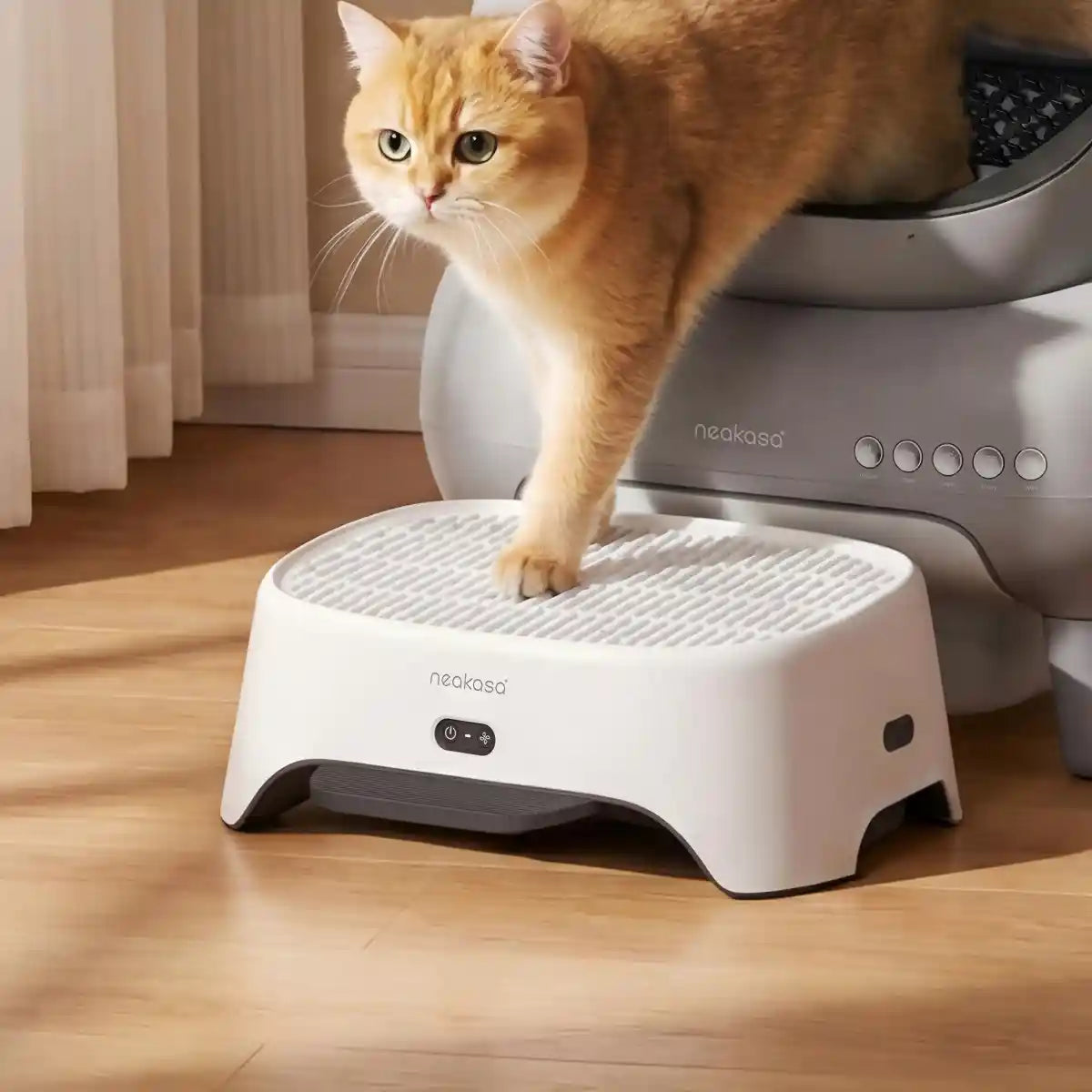
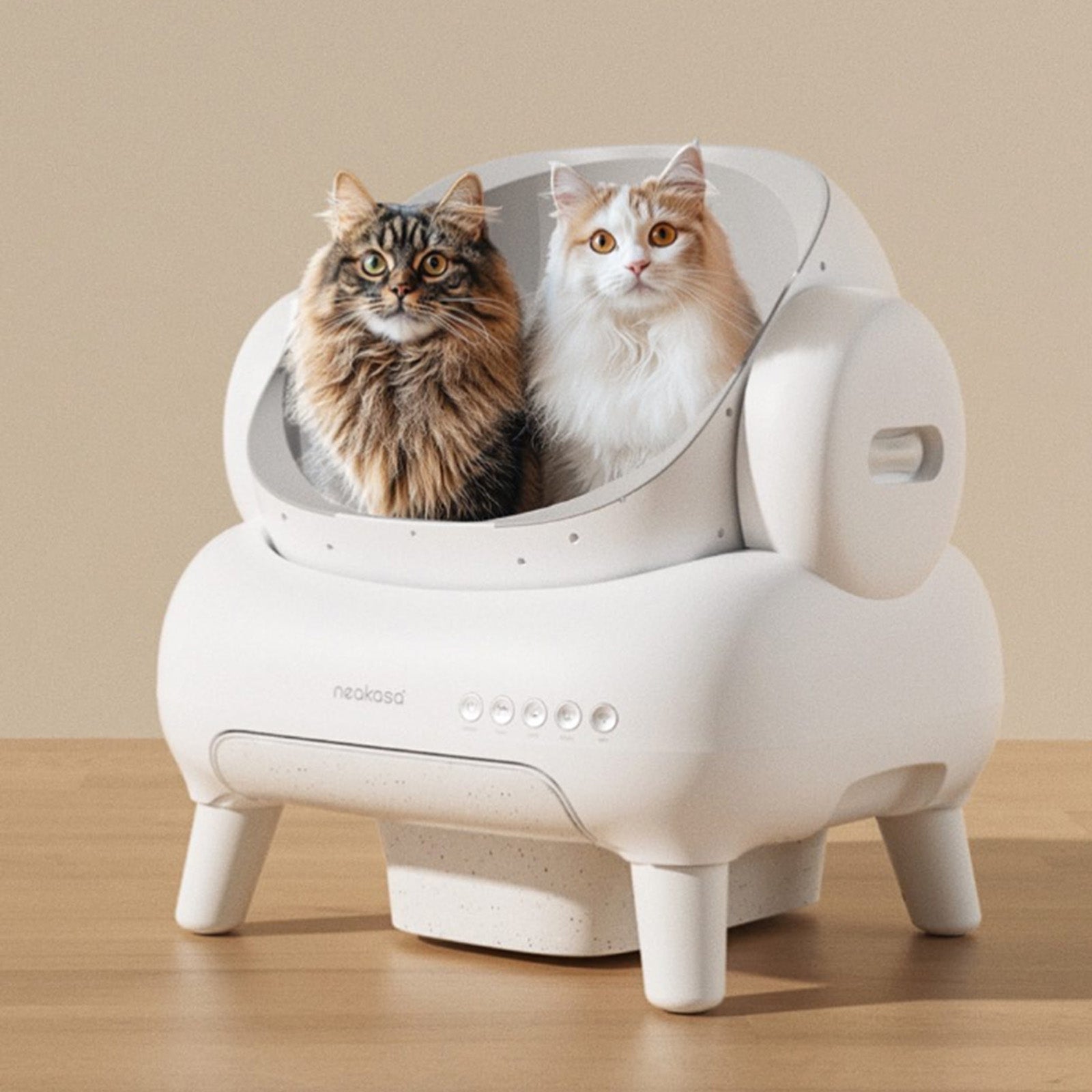
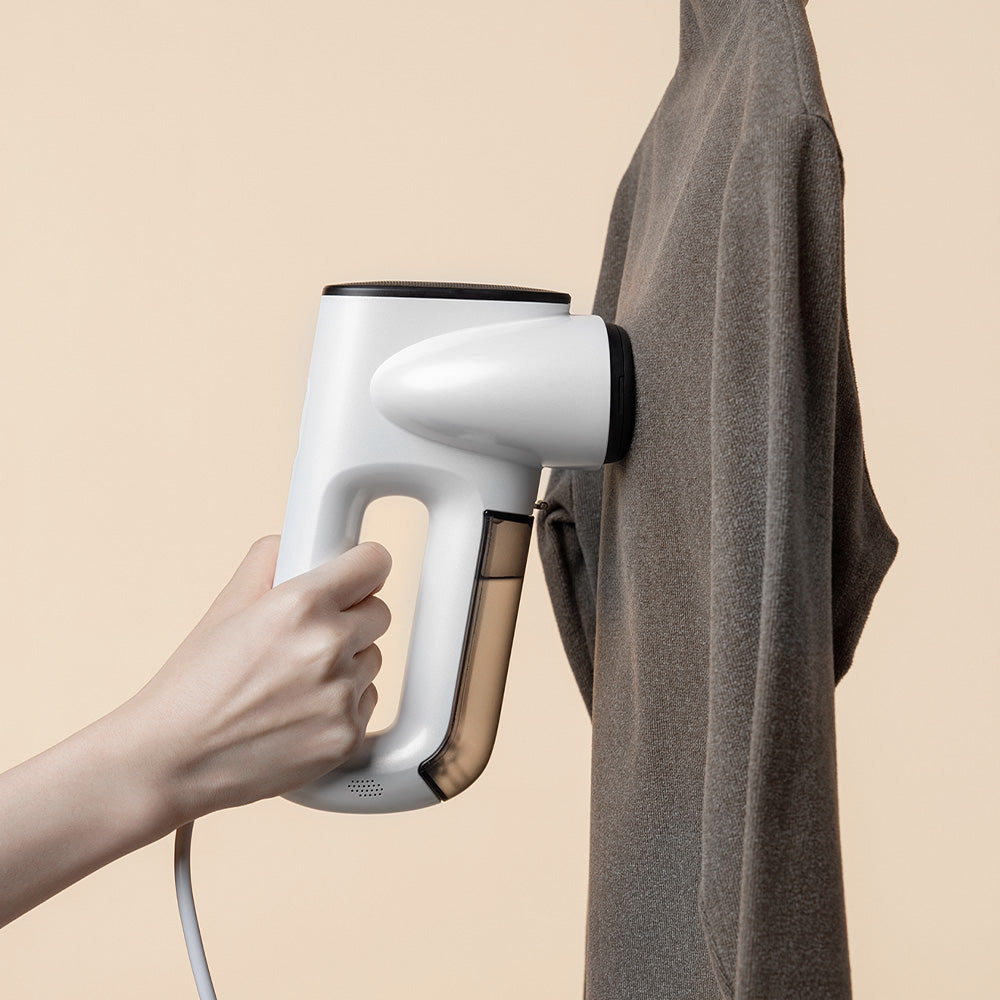
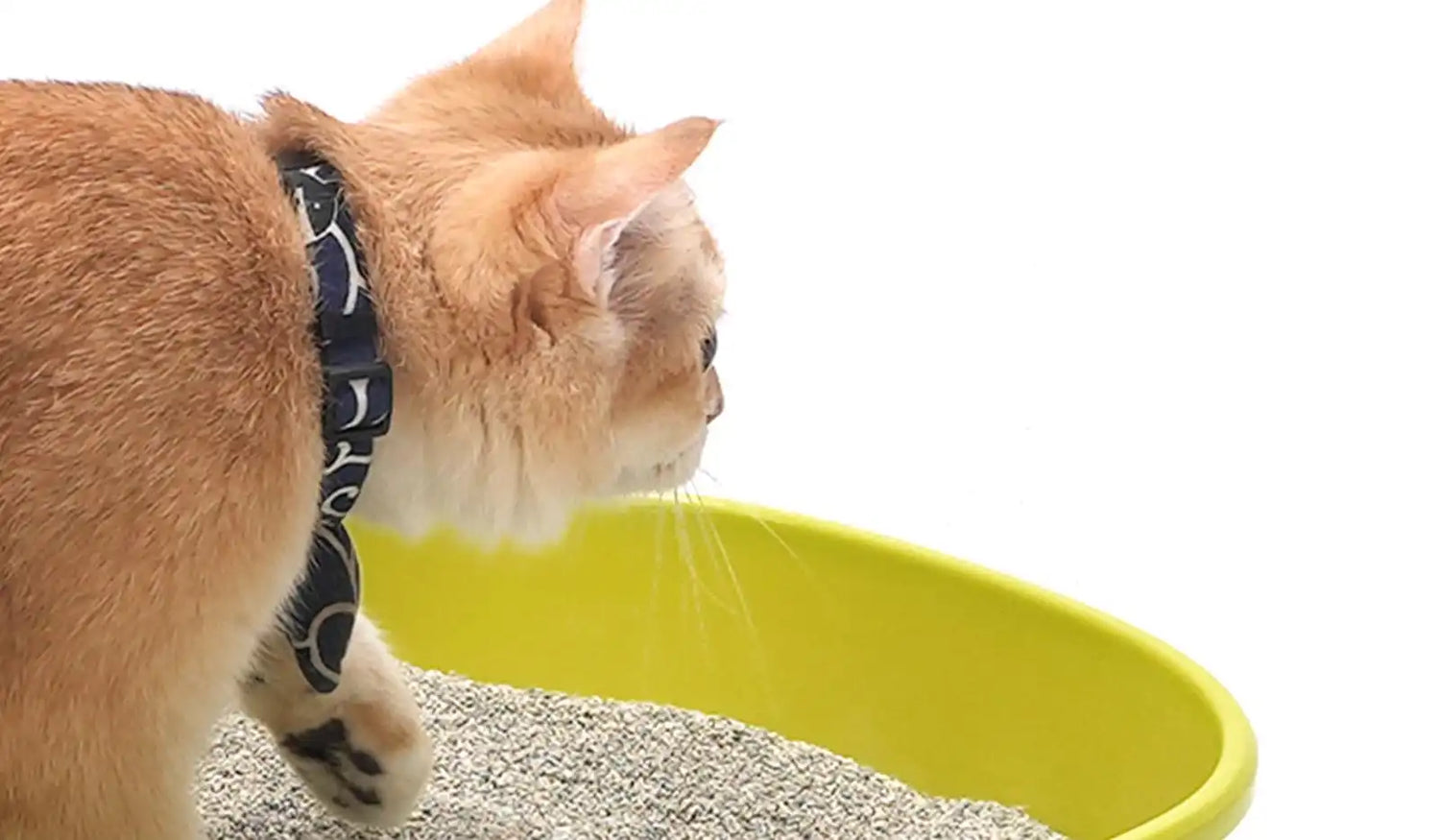
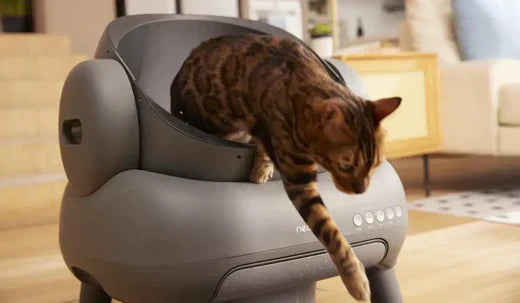
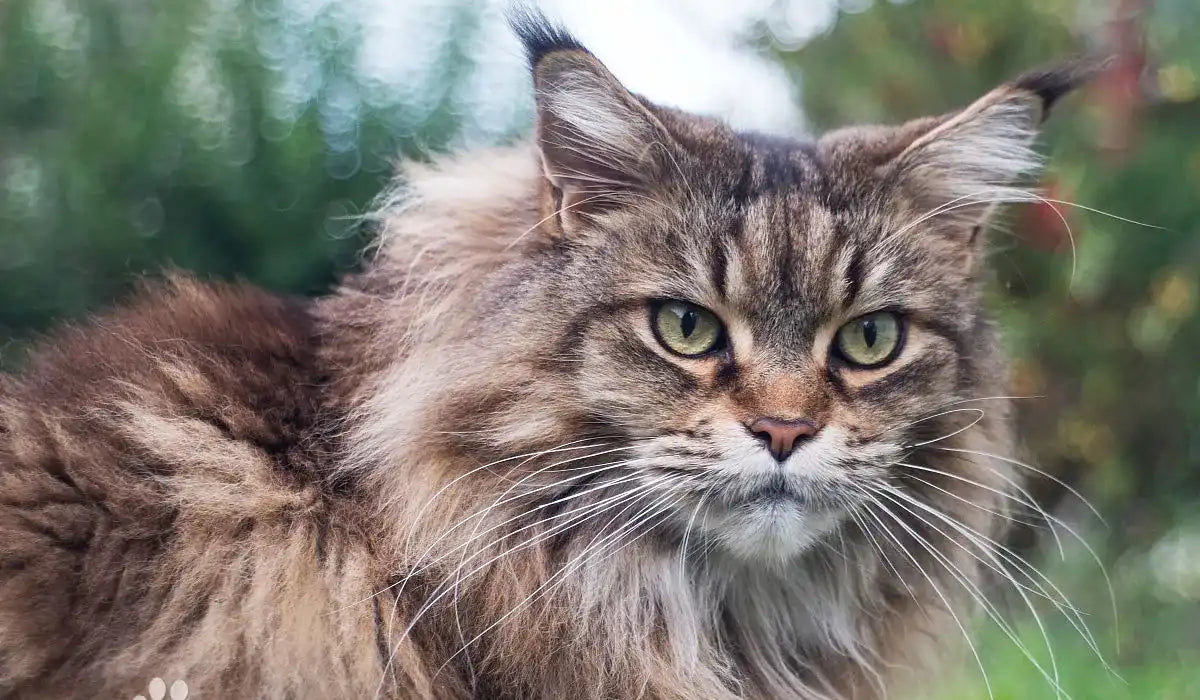
Leave a comment
This site is protected by hCaptcha and the hCaptcha Privacy Policy and Terms of Service apply.